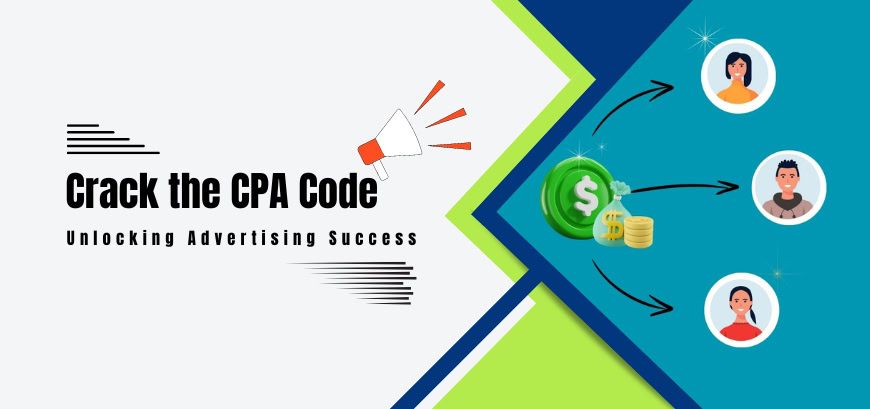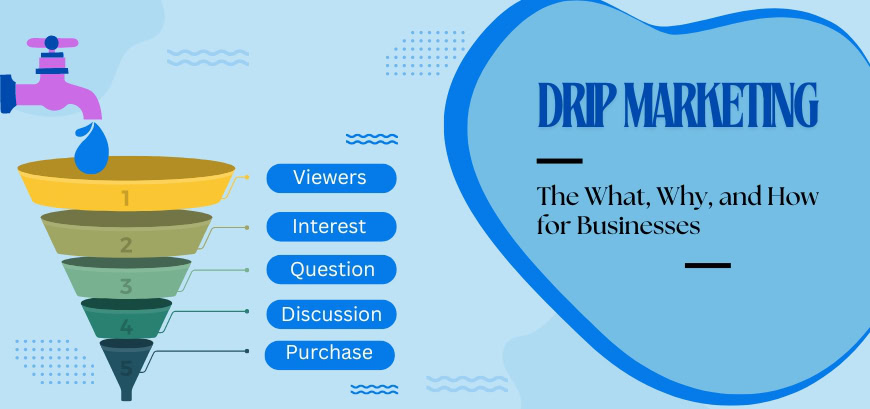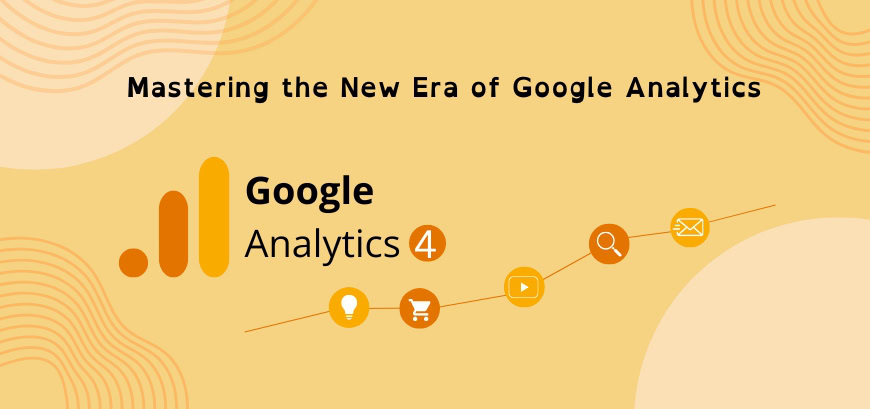Standing out in the competitive online landscape and attracting new customers is undeniably challenging. Countless astute marketers possess extensive knowledge of paid (PPC) marketing strategies. Their expertise allows them to effortlessly acquire the market share that has been eluding you.
Nevertheless, there’s hope for you to join the game and achieve remarkable results by mastering the same tricks employed by professionals. One such tactic is leveraging Google Ads to captivate customers and cultivate brand awareness.
Did you know? Google Ads accounts for a whopping 65% of the clicks generated online. With the right approach, you can harness the power of this immensely popular platform to expedite your business growth.
Feeling inspired? Let’s delve into some valuable tips that will help you make the most of Google Ads and align it with your objectives.
Absolutely! Let’s explore the ins and outs of Google Ads.
What exactly is Google Ads?
Google Ads serves as Google’s premium online advertising and marketing platform. By utilizing this platform, you gain access to a dynamic range of online advertisements tailored to specific segments of your target audience.
Through Google Ads, you can bid on relevant keywords or terms to enhance the visibility of your ads among customers who are most likely to engage with your brand. Moreover, you can manage your campaigns and create compelling ad content from a centralized location while monitoring your performance using the platform’s built-in analytics tools.
If you seek to boost engagement, heighten brand awareness, and drive sales, Google Ads should undeniably play a pivotal role in your paid marketing strategy.
Why should you choose Google Ads?
Google Ads is a versatile platform that helps businesses of all sizes advertise online. It works with different budgets and goals, allowing digital marketers to reach their target audiences effectively. The platform offers many benefits to marketers.
- Extensive Reach: In today’s digital landscape, Google serves as the go-to search engine for consumers seeking answers. By advertising on Google Ads, you position your business as a valuable solution provider. Consequently, your brand becomes more visible to relevant searchers, increasing the likelihood of clicks and conversions.
- User-Friendly: Google Ads simplifies the advertising process, making it easily understandable for marketers of all skill levels.
- Brand Awareness: Consistently appearing in Google Ads reinforces your brand’s name and bolsters consumer trust.
- Efficient Account Management: Google Ads enables you to manage multiple client accounts efficiently, all from a single interface.
- Budget Flexibility: The platform enables you to set daily spending constraints, guaranteeing that you stay within your desired budget. You pay when someone interacts with your ad.
How can you advertise effectively on Google Ads?
Now that you’re familiar with the platform’s functionalities and benefits, let’s explore how to run successful Google Ads campaigns.
Step 1: Master the basics
Before you embark on creating your ads, it’s crucial to grasp the fundamentals of the platform. By understanding its core processes and functions, you increase your chances of selecting key terms, setting parameters, and crafting content that resonates with your target audience. This ultimately leads to a consistent and favourable return on investment (ROI).
Step 2: Set up your account
In most cases, starting with a manager account is recommended. This free account type allows you to create multiple child accounts within it. Even if you initially require only one child account, you might find the need to add more in the future. Expanding your account is simple within the manager account structure.
To create a Google Ads Manager account:
- Visit this link: https://ads.google.com/home/tools/manager-accounts/
- Click “Create a Manager Account” and follow the instructions.
- Sign up using your Gmail address.
- Note: You cannot create a manager account with an email address that is already associated with another Google Ads account. Ideally, use a new email address for your manager account, and link all your other Google Ads accounts to the manager account rather than your email address.
- Add child accounts as necessary to support your Google advertising efforts.
Step 3: Identify target keywords
Targeting the right keywords is vital for effective Google advertising. The Keyword Planner Tool provided by the platform allows you to:
– Gather search volume data for specific keywords and phrases.
– Understand the cost per click (CPC) for bidding on particular search terms in your Google Ads.
– Discover new keywords and phrases that have the potential to perform well in your ad campaigns, resonating with your target audience.
Step 4: Choose the appropriate ad format
To set up Google Ads for success, you must choose the most suitable ad format based on your marketing objectives. Consider the following options:
– Search: Text-based ads displayed on search results pages.
– Video: Ads based on video content showcased on YouTube and Google search result pages.
– Shopping: Product listings are usually presented in a carousel format at the top of Google search result pages.
– Display: Image-based or content-based ads showcased on websites, apps, and platforms across Google’s extensive Display Network.
– Discovery: Visually appealing ads displayed in user feeds across the Google Display Network.
– Local: Targeted Google ad content served to regional audiences.
Step 5: Develop a budget and bidding strategy
To maximize the value of your ads, selecting the appropriate bidding strategy is crucial. Google Ads provides two options: manual bidding and automated bidding.
If you have a limited ad budget, manual bidding allows you to set a definite cap on your cost-per-click (CPC). On the other hand, if you have more flexibility in your budget and seek to save time while optimizing multiple campaigns, automated bidding can yield excellent results. However, bear in mind that automated bidding may lead to higher ad costs.
Step 6: Create compelling ads
This is the stage where we focus on crafting the actual ad content. To stand out and inspire action from your prospects, it’s essential to:
– Write an engaging headline that incorporates relevant keywords and actionable phrases.
– Craft compelling body copy that highlights your unique selling propositions (USPs), adopts a conversational tone reflecting your brand’s voice, and encourages click-throughs.
– Include high-quality visuals such as images, graphics, or videos that bring your promoted product, service, or event to life.
Step 7: Optimize your website landing page
When a user clicks on your ad, the destination should match the ad’s promises and expand on its messaging. Your landing page must not only be consistent with your ad in terms of branding and tone but also optimized to deliver an exceptional user experience (UX).
Step 8: Test and optimize your ads
Testing your ads is crucial to identify the best-performing variations and optimize future efforts for maximum results. A/B testing is a highly effective method where you compare two versions of the same ad content with slight variations in elements such as copy, images, design, colour schemes, and call-to-action buttons. By analyzing the results, you can optimize your ad accordingly.
Additionally, ad group testing is a swift and scalable approach to compare ads within specific ad groups. This process allows you to determine the content that performs best in each group. Google provides a helpful guide to ad group testing for further assistance.
Dos and Don’ts for Running Google Ads
To ensure a successful Google Ads campaign, here are some dos and don’ts to guide you:
Do:
– Ensure your landing page aligns with your ad and delivers on its promises.
– Utilize an extensive list of negative keywords when using generic keywords.
– Implement geographic targeting where applicable.
– Leverage a keyword planner tool.
– Test, measure, and optimize your efforts.
– Track your conversions and use themed ad groups.
Don’t:
– Select broad and irrelevant keywords for your ad campaigns.
– Engage in bidding wars with competitors without a concrete plan.
– Direct traffic to a generic homepage instead of a dedicated sales or landing page.
– Base your keyword selection solely on search volume.
– Create ads without a clearly defined target consumer in mind.
By following these guidelines and optimizing your Google Ads campaigns, you can effectively compete online, reach your target audience, and achieve your marketing goals.





